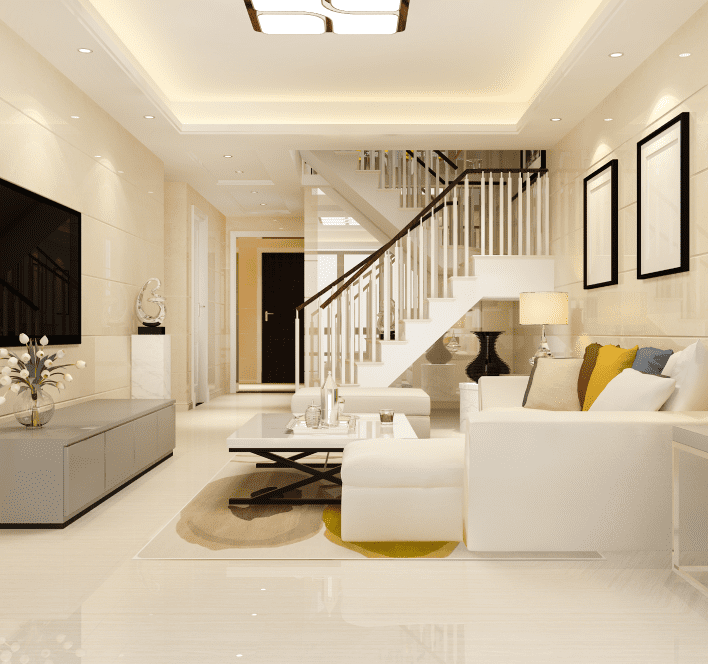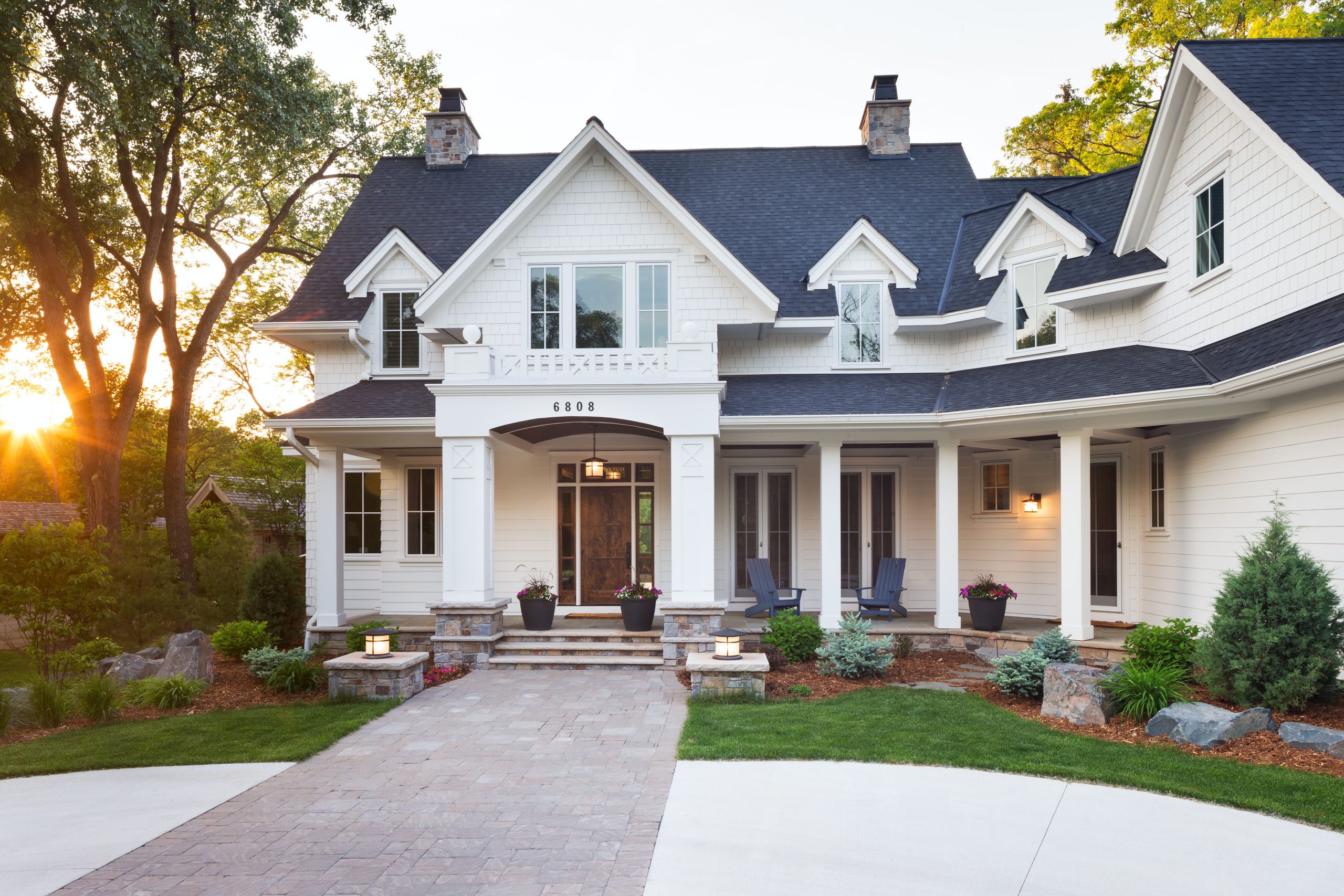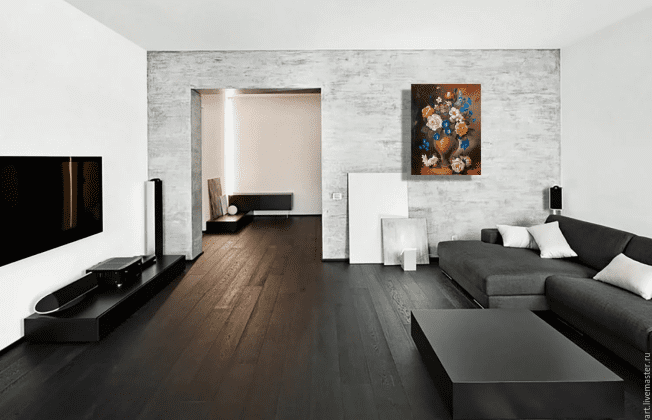Lighting is one of the most influential elements in interior design, yet it’s often overlooked. The way a space is lit can dramatically affect its mood, functionality, and overall aesthetic. By skillfully combining natural and artificial light, you can transform any room into a welcoming, vibrant, and dynamic environment. In this blog, we’ll explore how to harness the power of light to enhance your home’s design.
The Role of Natural Light
Natural light is a valuable asset in any space. It brings warmth, enhances colors, and can even improve your mood and well-being. Here’s how to make the most of the natural light available in your home:
- Maximize Window Exposure The first step to increasing natural light is to ensure that your windows are unobstructed. Avoid heavy drapes or blinds that block out sunlight. Instead, opt for sheer curtains or light-filtering shades that allow light to pour in while still providing privacy. For spaces with limited windows, consider adding skylights or larger windows during renovations to bring in more daylight.
- Use Reflective Surfaces Reflective surfaces like mirrors, glass, and glossy finishes can amplify natural light, making a room feel brighter and more open. Strategically placing mirrors opposite windows or in darker corners can help distribute light throughout the space. Additionally, light-colored walls and ceilings reflect more light, further enhancing the effect.
- Leverage the Direction of Light The quality of natural light changes throughout the day and varies depending on the direction it enters your home. South-facing windows typically offer the most consistent and warm light, while north-facing windows provide softer, more diffused light. Understanding the direction of light can help you decide how to arrange your furniture and which areas to highlight with natural light.
Enhancing with Artificial Light
While natural light is ideal, it’s not always available or sufficient, especially in the evenings or in rooms without many windows. This is where artificial lighting comes into play. By layering different types of artificial light, you can create a versatile and well-lit space.
- Ambient Lighting Ambient lighting provides general illumination for a room, ensuring that it’s well-lit and functional. This can be achieved through ceiling fixtures, chandeliers, or recessed lighting. The goal is to create a comfortable level of brightness that allows you to navigate the space without harsh shadows or glare. Dimmers are a great addition to ambient lighting, giving you control over the intensity of light based on the time of day or activity.
- Task Lighting Task lighting is focused, directional light that aids in specific activities such as reading, cooking, or working. Desk lamps, under-cabinet lighting, and pendant lights are all examples of task lighting. When designing a space, it’s important to consider where these activities will take place and ensure there’s adequate lighting to support them. Task lighting not only enhances functionality but also helps reduce eye strain and improves productivity.
- Accent Lighting Accent lighting is used to highlight specific features or areas within a room, such as artwork, architectural details, or decorative elements. It adds depth and dimension to your space, creating visual interest and focal points. Wall sconces, track lighting, and LED strips are common options for accent lighting. When used effectively, accent lighting can transform ordinary spaces into dramatic, visually appealing environments.
Combining Natural and Artificial Light
The key to successful lighting design is balancing natural and artificial light to create a cohesive and adaptable atmosphere. Here’s how to achieve that balance:
- Layer Lighting Types By layering ambient, task, and accent lighting, you can create a versatile lighting scheme that adapts to different needs and moods. During the day, rely on natural light as much as possible, supplemented by artificial light in areas where it’s needed. In the evening, use a combination of ambient and accent lighting to maintain a warm and inviting atmosphere.
- Consider the Color Temperature The color temperature of light can significantly impact the feel of a room. Natural light has a cool, bluish tone in the morning and a warmer, golden hue in the late afternoon. To mimic this natural progression, use artificial lighting with adjustable color temperatures. Warm light (around 2700K) is ideal for living spaces and bedrooms, while cooler light (around 5000K) is better suited for task-oriented areas like kitchens and home offices.
- Create Zones with Light Use lighting to define different zones within an open-plan space. For example, pendant lights over a dining table can create a cozy, intimate dining area, while recessed lighting in the living area can provide general illumination. Accent lighting can be used to draw attention to specific features, such as a fireplace or artwork, further distinguishing different areas within the same room.
Conclusion
The power of light in interior design cannot be overstated. By thoughtfully combining natural and artificial lighting, you can transform your home into a space that is both functional and beautiful. Whether you’re looking to create a bright, airy atmosphere or a warm, intimate setting, the right lighting design will enhance your space and elevate your overall living experience.







